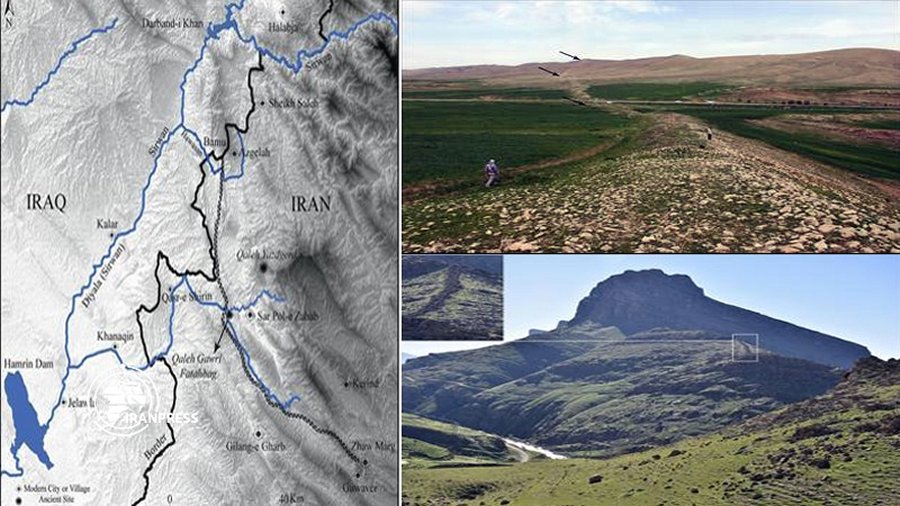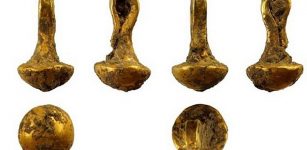Discovery: Massive Gawro Wall Dated To The Antique Age: Was It A Symbolic Or Defensive Structure?
Conny Waters – AncientPages.com – Remnants of a drystone wall, known as the ‘Gawri Wall’ or ‘Gawri Chen Wall’, dated to the Antique Age have been discovered by Iranian archaeologists working along the borders of Serpol Zehab city in Kermanshah province, western Iran.
Gawri Wall: Ancient stone wall 115-km-long discovered in Western Iran. Image source
The ruined wall that extends along the modern border of Iraq and Iran, and is stretching southward 71 miles from the Bamu Mountains, was built using natural local materials, such as boulders and cobbles, with gypsum mortar surviving in places.
Due to the poor preservation of the wall, archaeologists could only estimate that the wall was four meters wide and ca. three meters high. The wall was constructed with 1 million cubic meters worth of stones, and it has an estimated length of 115 km (71 mi).
In length, the wall is similar to the famous Hadrian’s Wall (73 mi (117 km) long that was constructed across England by the Romans.
In Iran, there is also another huge wall that stretches for almost 200 km and is dotted by a total of 38 forts. This structure is known as Great Wall Of Gorgan.
It is one of the world’s most sophisticated frontier walls ever built. It is the longest fort-lined ancient barrier between Central Europe and China. It is also longer than Hadrian’s Wall and the Antonine Wall (the most magnificent structure left by the Romans in Scotland) put together.
Ali Baigi from Tehran University’s Archaeology Department said that they are not sure whether the wall was symbolic or built for defensive purposes, as most of the structure is now in ruins, adding that it probably functioned as a border for an ancient empire.











